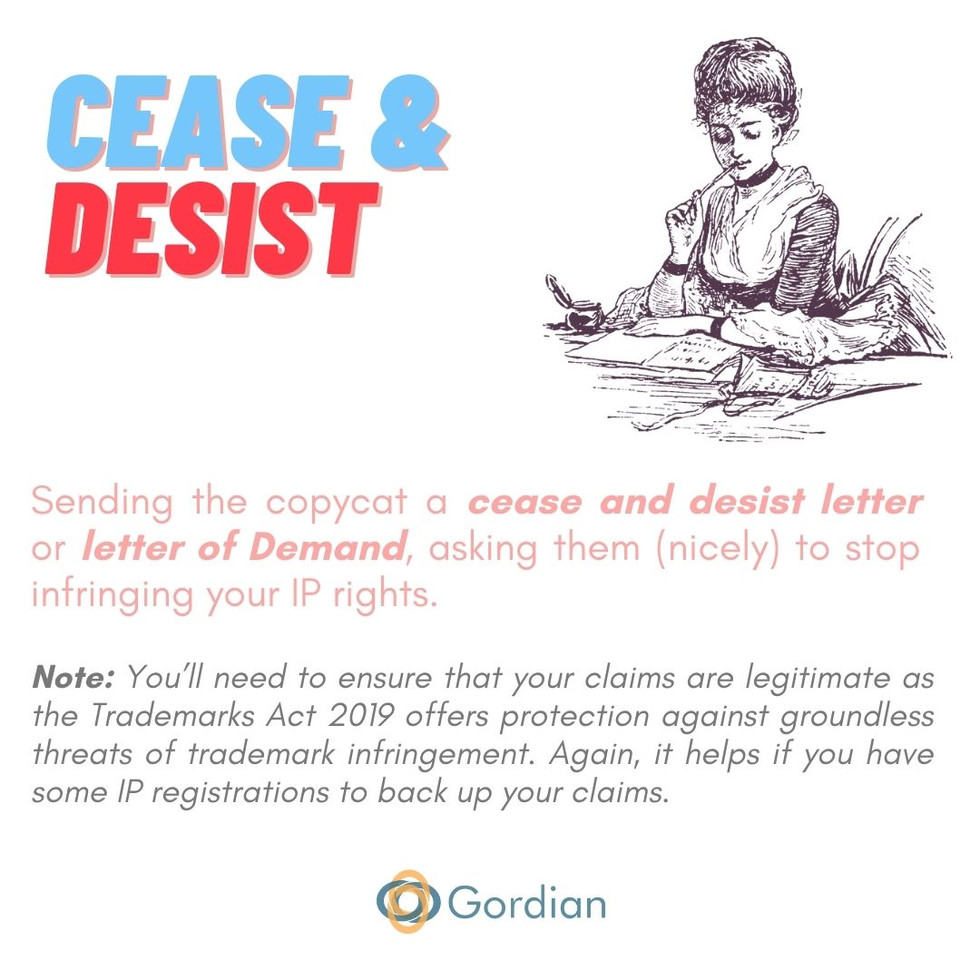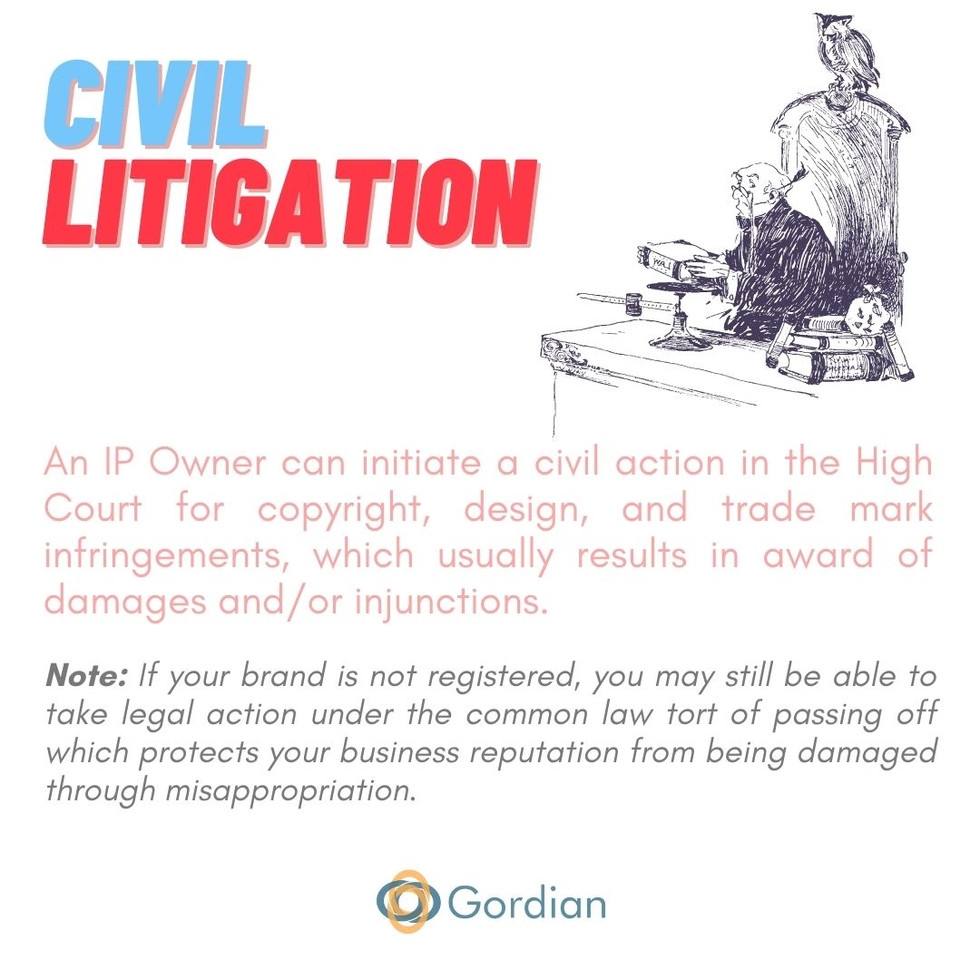- The Gordian Team
- Aug 2, 2024
- 2 min read

Ever found yourself racing to finish a project, only to realize you missed the deadline by a mile? We’ve all been there—late-night cramming, coffee-fueled sprints, and the all-too-familiar feeling of panic. While missing a deadline for your personal project might just mean a few missed marks or an extra day of work, missing deadlines in intellectual property (IP) can have far-reaching consequences.
Most intellectual properties, like trademarks, patents, and designs, have specific renewal dates. Patents require annual fees, trademarks every ten years, and designs every five years. Failing to renew can result in losing your rights, as Rebecca Dowdeswell, a Leicester salon owner found out the hard way.
Rebecca registered “nkd()” as a trademark for salon related services in 2009. However, she forgot to renew the trademark 10 years later when it was up for renewal. Having missed the grace period of 6 months for late renewal, Rebecca had no choice but to re-file her trademark in 2022, setting off a series of complications.
Her new application is being opposed by L'Oréal, citing potential consumer confusion with their "Naked" line from the Urban Decay series. Despite attempts to settle the matter amicably, the opposition is still ongoing, having cost Rebecca more than £30,000 in legal costs already.
This whole ordeal is a big wake-up call for business owners about just how important it is to stay on top of IP renewals. Keeping those deadlines in check can save you from some seriously costly legal trouble and keep your brand protected.
In Malaysia, trademarks must be renewed every ten years. If you miss the renewal deadline, there’s a six-month grace period for late renewal. But if you fail to renew your trademark within the grace period, you may still be able to request for a restoration of your trademark within 6 months of your trademark being removed for non-renewal. However, this process can be complex and costly, so it's crucial to stay on top of renewal dates. Setting reminders or working with an IP professional can help ensure your trademarks remain protected and avoid any costly surprises.




















